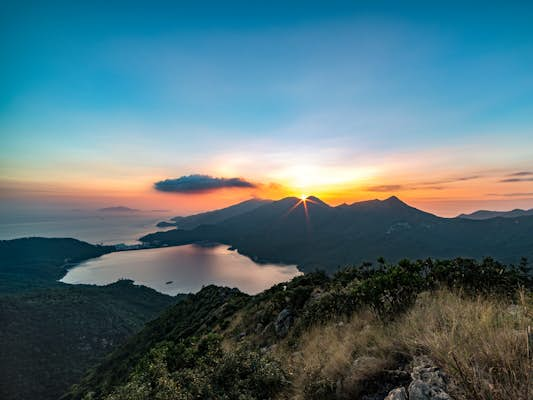Many visitors to Hong Kong experience Lantau Island only en route – touching down at Hong Kong International Airport, built on reclaimed land just off the island’s northern coast. First hop into a quick taxi or MRT and head straight to Hong Kong Island. and cologne.
Some may visit Disneyland or take the cable car to the Big Bronze Buddha, which sits atop the island’s Ngong Ping Hill, but most remain oblivious to what lies beyond these landmarks. Is.

Those who want to know if Hong Kong has a quieter side, however, should take the time to explore the city’s largest island and discover that there’s more to beautiful Lantau than they might expect.
Interesting history of Lantau
Lantau has long been inhabited by humans, as evidenced by Bronze Age rock carvings and the discovery of a Neolithic stone circle. Located on the eastern side of the Pearl River, and a natural rendezvous for ships traversing the water, Lintau became an important center for trade, shipping and fishing over the centuries.

During the Qing Dynasty (1644-1912), pirates and opium smugglers overran the island and forts were built to protect shipping in nearby waters. Fan Lau Fort, located at the very southwest tip of Lantau, is the oldest fort in Hong Kong, while Tung Chung Fort was built in 1832 to house Chinese troops. In the 19th century, Lantau was one of the bases of Cheung Po Tsai, a famous Chinese pirate who later became a captain in the Qing Imperial Navy.
A breath of fresh air
Lantau is often referred to as the ‘lungs of Hong Kong’ thanks to the native forests that cover its mountainous terrain. More than half of Lantau is designated as a protected country park, and with some areas accessible only on foot, it is a haven for wildlife and flora. Thanks to the diverse habitats – from mountain slopes to dense forests and rocky beaches – you can find montjack deer, tree squirrels, snakes and sea eagles, as well as a few forest buffalo roaming the island’s wetlands.
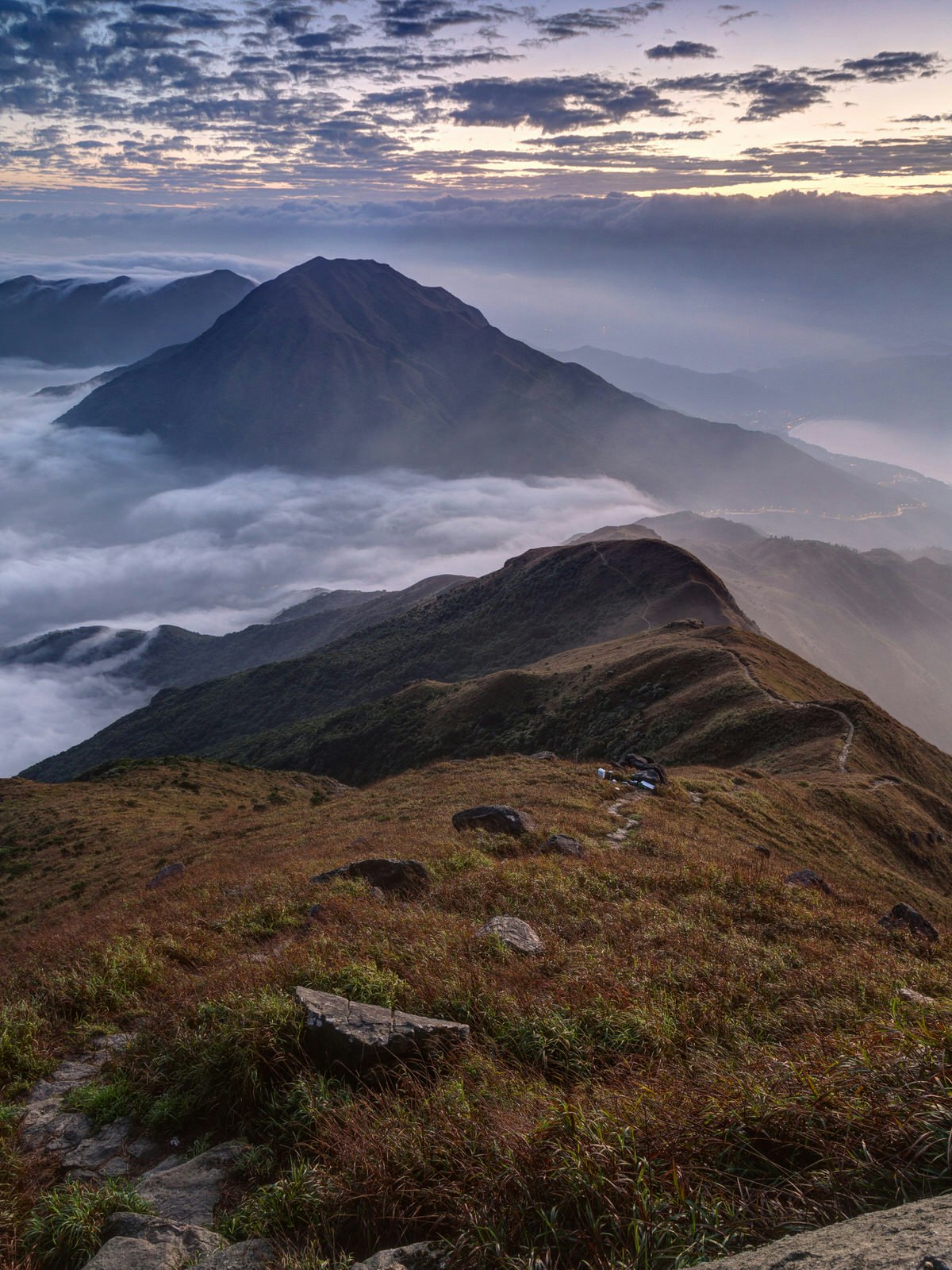
If you’re really lucky, you might even spot pink dolphins on the island’s west coast – originally vaguely named Chinese white dolphins, although sadly due to construction projects, such as Hong Kong’s airport and the huge sea bridge connecting Hong Kong to Macau are fast becoming a rare sight.
Village life
Unlike the claustrophobic residential areas of Hong Kong Island and Kowloon, relatively few people live in the small towns and villages that are scattered across Lantau.
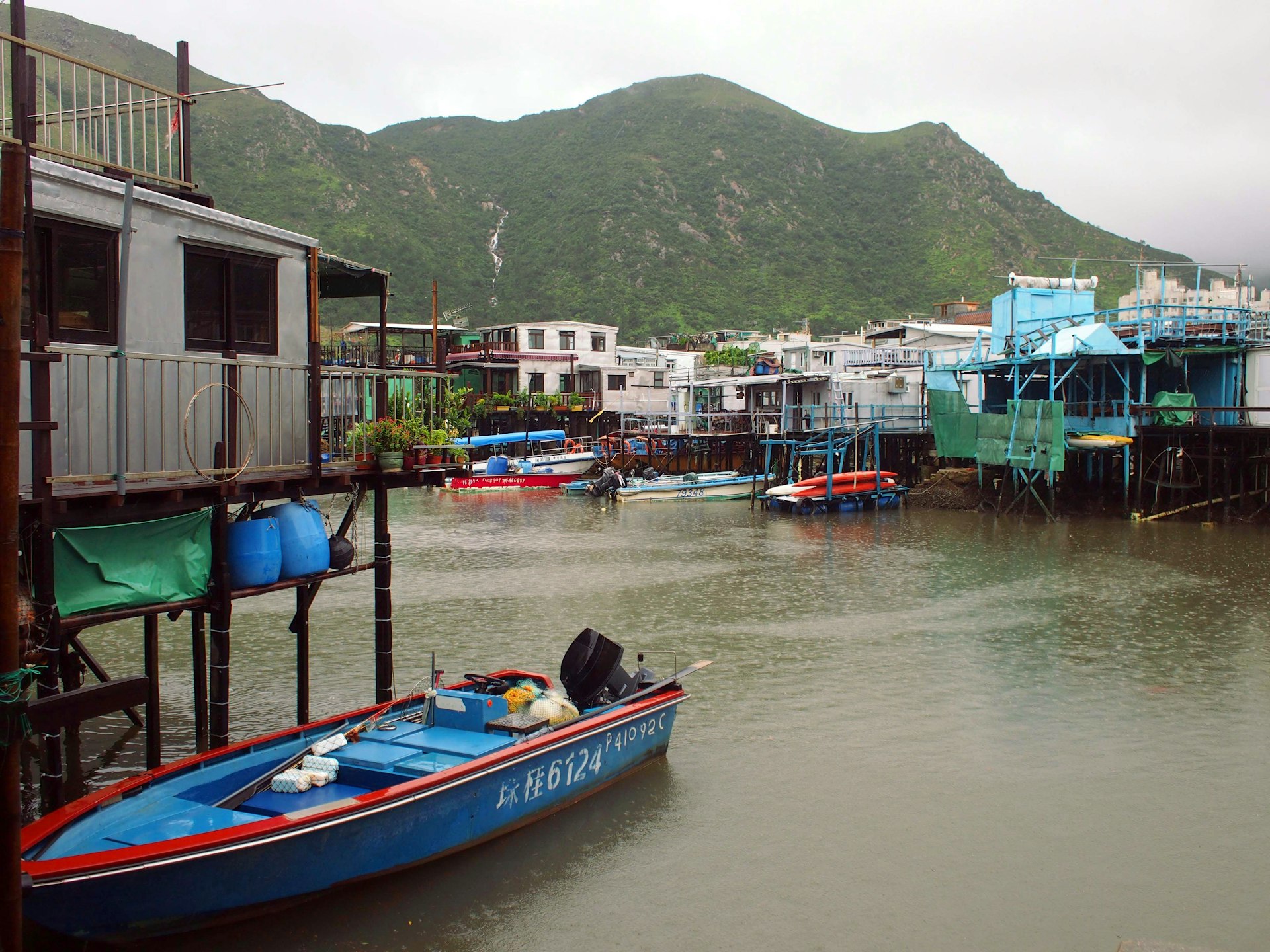
The tranquil town of Mui Vu, on Lantau’s east coast, makes an excellent base for exploring the island. Located in Silver Mine Bay, named after the silver mines that once worked along the river that runs through the village, a beautiful stretch of Moi Vo beach and green mountains criss-crossed by hiking trails. In between is the sandwich. Traditional low-rise houses and local restaurants are hidden in the back streets, while the newly renovated waterfront promenade is home to many excellent restaurants, including the Mui Wo Cooked Food Center, which specializes in locally caught seafood. Is.
On the opposite coast of the island, the fishing village of Tai O is famous for its cool houses, built over a network of waterways. Once home to fishermen, they are now mostly empty and the area retains a quiet, escape feel. In the center of the village, residents earn a living by selling traditional salted fish and shrimp paste, or by taking tourists in their boats to the sea or river. Tai O was also once the center of salt production in the area, but this industry is also in decline. The former salt flats are now excellent for bird-spotting, with egrets and herons in abundance.
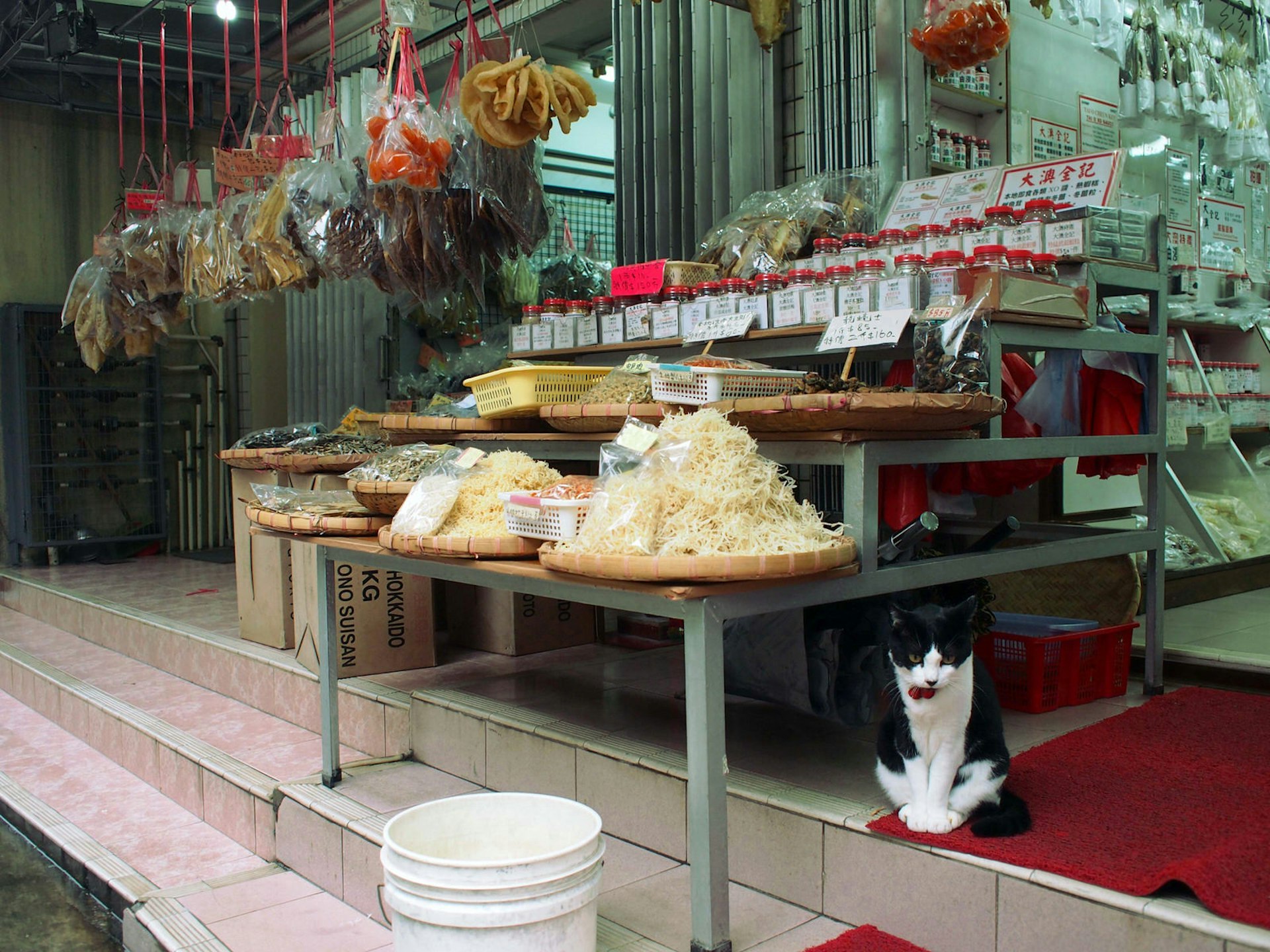
A short walk outside the beach takes you to the Tai O Heritage Hotel, a beautiful British colonial throwback. Commanding uninterrupted views of the South China Sea, it was built in 1902 as a police station to guard against bandits and some of the original cannons are scattered around the grounds.
Other villages around Lantau include Tong Phuc and Poi O, located in bays along the island’s southern coast.
Work up a sweat.
Lantau is crisscrossed with dozens of hiking trails. The 70km long Lantau Trail spans almost the entire length of the island, spanning two of its mountains – the 800m high Sunset Peak and the 934m high Lantau Peak. With campsites along the trail, it’s an epic and rugged way to immerse yourself in the island’s countryside. The trail is divided into 12 more manageable sections, with the most accessible by bus from Mui Wo.

There are countless other trails throughout the island that wind past run-down villages and secluded coves, and offer breathtaking views of the ocean and islands beyond Lantau. Excellent hiking maps, produced by the Survey and Mapping Office, are available for purchase. Locations across the city.
Designated mountain bike trails offer a way to explore Lantau on two wheels. The trail can be found on the map Department of Agriculture, Fisheries and Conservation websiteWhile the Friendly Bicycle Shop by the ferry port in Mui Wo is an enthusiastic source of information on cycling around Lantau.
Rest and relaxation
Lantau is home to some of Hong Kong’s best beaches. Secluded Chaeng Sha is a picturesque sweep of white sand beach interspersed with forested peaks. One of the longest stretches of beach in Hong Kong, it is divided into two sections, the first cove being a popular destination for families and sun worshipers, along with a small collection of beachside restaurants and bars. Popular thanks to its safe swimming waters. The beach at the second cove is quieter, more remote, and leads to Tong Phuc, another beautiful stretch of nearly empty beach.

Pui O Beach has facilities for wild camping and one of Hong Kong’s premier breaks for surfing. The sheltered bay’s gentle waves make it the perfect spot for those hoping to catch some waves, while the beach bar Mavericks Offers food and drink along with a small skate park.
Let it happen.
There are relatively few hotels on Lintau, but an ever-increasing number of locals are renting out their homes. Camping is also an option, with many sites dotted around the island. Alternatively, stay on Hong Kong Island and catch a ferry to Mui Wo for a day exploring what Lantau has to offer.
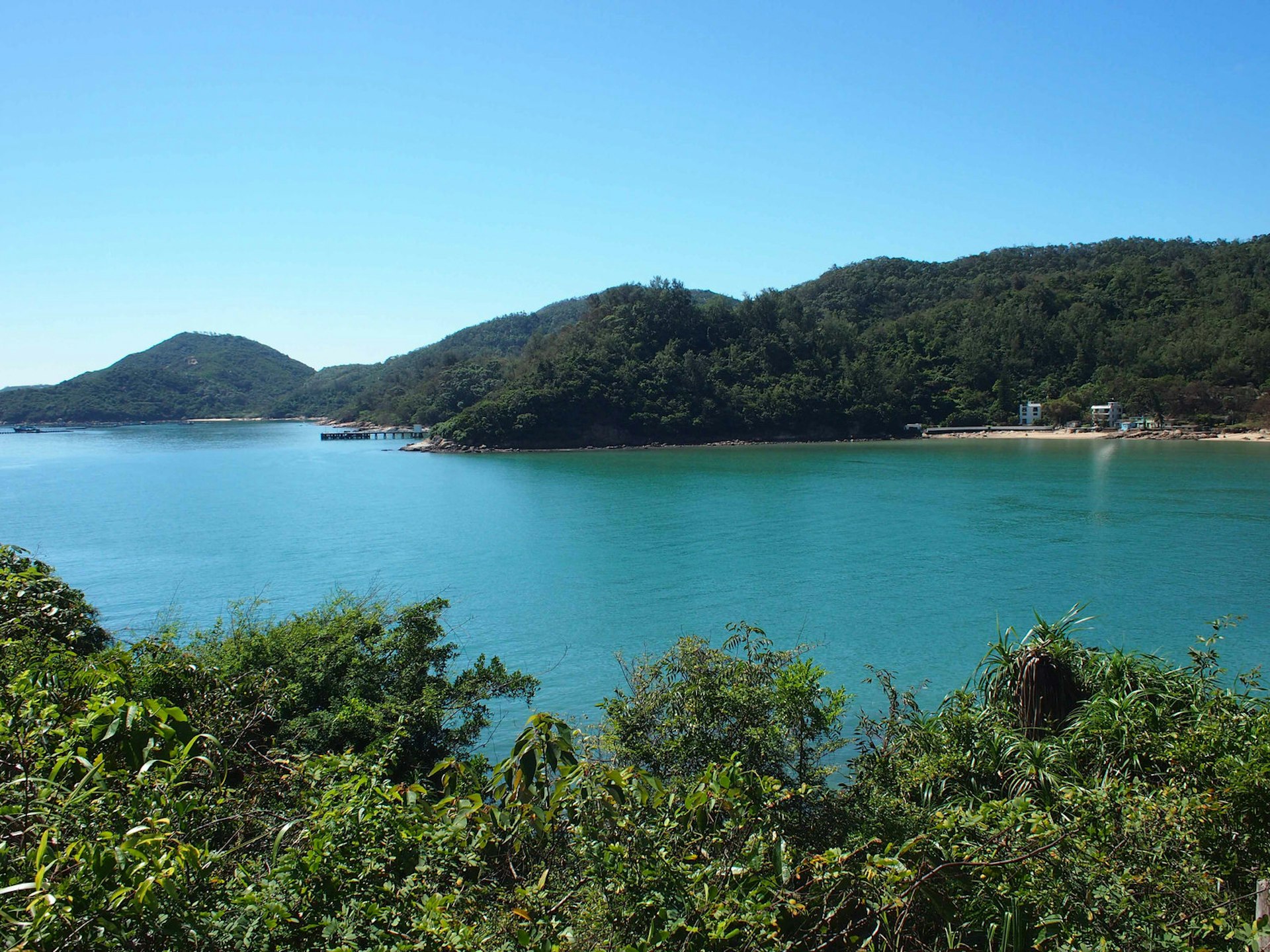
With blue Lantau taxis readily available at the airport and booking over the phone is quite easy. Most of the island’s bus lines, serving major destinations, run to and from Mui Wo’s bus station outside the ferry port.
